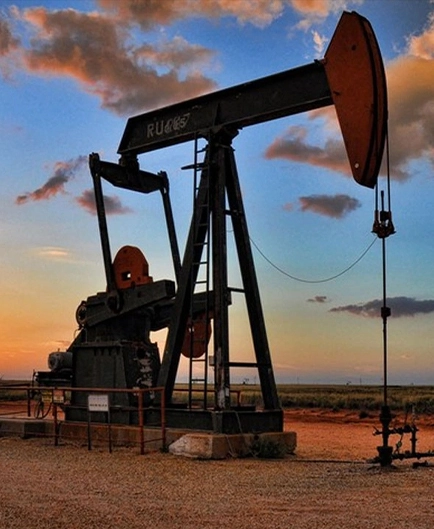- Afrikaans
- Albanian
- Amharic
- Arabic
- Armenian
- Azerbaijani
- Basque
- Belarusian
- Bengali
- Bosnian
- Bulgarian
- Catalan
- Cebuano
- Corsican
- Croatian
- Czech
- Danish
- Dutch
- English
- Esperanto
- Estonian
- Finnish
- French
- Frisian
- Galician
- Georgian
- German
- Greek
- Gujarati
- Haitian Creole
- hausa
- hawaiian
- Hebrew
- Hindi
- Miao
- Hungarian
- Icelandic
- igbo
- Indonesian
- irish
- Italian
- Japanese
- Javanese
- Kannada
- kazakh
- Khmer
- Rwandese
- Korean
- Kurdish
- Kyrgyz
- Lao
- Latin
- Latvian
- Lithuanian
- Luxembourgish
- Macedonian
- Malgashi
- Malay
- Malayalam
- Maltese
- Maori
- Marathi
- Mongolian
- Myanmar
- Nepali
- Norwegian
- Norwegian
- Occitan
- Pashto
- Persian
- Polish
- Portuguese
- Punjabi
- Romanian
- Russian
- Samoan
- Scottish Gaelic
- Serbian
- Sesotho
- Shona
- Sindhi
- Sinhala
- Slovak
- Slovenian
- Somali
- Spanish
- Sundanese
- Swahili
- Swedish
- Tagalog
- Tajik
- Tamil
- Tatar
- Telugu
- Thai
- Turkish
- Turkmen
- Ukrainian
- Urdu
- Uighur
- Uzbek
- Vietnamese
- Welsh
- Bantu
- Yiddish
- Yoruba
- Zulu
coupling for tubing
Understanding Coupling for Tubing An Essential Component in Oil and Gas Industry
In the oil and gas industry, the importance of efficient and reliable components cannot be overstated. Among these components, tubing plays a crucial role, and one of the key elements associated with it is the coupling. This article explores the significance of coupling for tubing, its types, applications, and best practices for use in various environments.
What is Tubing?
Before diving into couplings, it's essential to understand what tubing is. In the context of oil and gas, tubing refers to the pipes that are used to transport oil and gas from the reservoir to the surface. Tubing is typically made of high-strength steel, which can withstand extreme conditions, including high pressure and corrosive environments. The strength and durability of tubing are critical, as failures can lead to significant economic losses and environmental disasters.
Role of Coupling
Coupling serves as the connecting piece between various sections of tubing. It ensures that the segments are securely joined to create a continuous path for the extraction of resources. The design of couplings is crucial, as they must align perfectly with the tubing's dimensions and tolerances to prevent leaks. Moreover, couplings are often subjected to heavy loads and must endure the stresses of the environment, making their quality paramount.
Types of Couplings
There are several types of couplings used in tubing applications, each designed for specific conditions and requirements
1. Threaded Couplings These are the most common type, featuring male and female threads that allow two sections of tubing to be screwed together. Threaded couplings are easy to install and remove but require precise alignment to ensure a proper seal.
2. Welded Couplings In high-pressure situations or where maximum strength is needed, welded couplings are preferred. These are permanently joined using welding techniques, creating a robust and leak-proof connection. However, the installation process is labor-intensive.
3. Flanged Couplings These couplings use flanges to connect sections of tubing. They are typically used in situations where frequent disassembly is required, allowing for easy maintenance and inspection.
coupling for tubing

4. Compression Couplings These provide a quick and effective way to connect tubing without the need for welding or threading. They work by compressing a fitting onto the tubing, making them ideal for temporary setups.
Applications of Couplings
Couplings are prevalent in various applications within the oil and gas sector. They are used in drilling operations, production tubing, well completion systems, and pipelines. In offshore drilling, for instance, couplings are vital for connecting sections of tubing to ensure a continuous flow of resources from the seabed to the surface.
Best Practices for Use and Maintenance
To maximize the performance and lifespan of tubing and couplings, several best practices should be followed
- Regular Inspections Periodic checks for wear, corrosion, and alignment are critical in maintaining the integrity of couplings and their connections. - Proper Installation Whether threaded, welded, or flanged, each type of coupling requires specific installation techniques. Following manufacturer guidelines ensures a secure and reliable joint.
- Material Considerations Selecting the right materials for couplings based on environmental conditions (like saltwater exposure in offshore environments) can prevent premature failure.
- Monitoring of conditions Continuous monitoring of pressure and flow can help detect potential failures early, allowing for timely interventions.
Conclusion
Coupling for tubing is a foundational aspect of the oil and gas industry that ensures the efficient and safe transport of resources. Understanding the various types of couplings and their specific applications contributes significantly to the overall success of drilling and extraction operations. By prioritizing quality components, implementing best practices, and staying informed about advancements in technology, companies can enhance safety, reduce costs, and optimize production throughout their operations.
-
Tubing Pup Joints: Essential Components for Oil and Gas OperationsNewsJul.10,2025
-
Pup Joints: Essential Components for Reliable Drilling OperationsNewsJul.10,2025
-
Pipe Couplings: Connecting Your World EfficientlyNewsJul.10,2025
-
Mastering Oilfield Operations with Quality Tubing and CasingNewsJul.10,2025
-
High-Quality Casing Couplings for Every NeedNewsJul.10,2025
-
Boost Your Drilling Efficiency with Premium Crossover Tools & Seating NipplesNewsJul.10,2025







